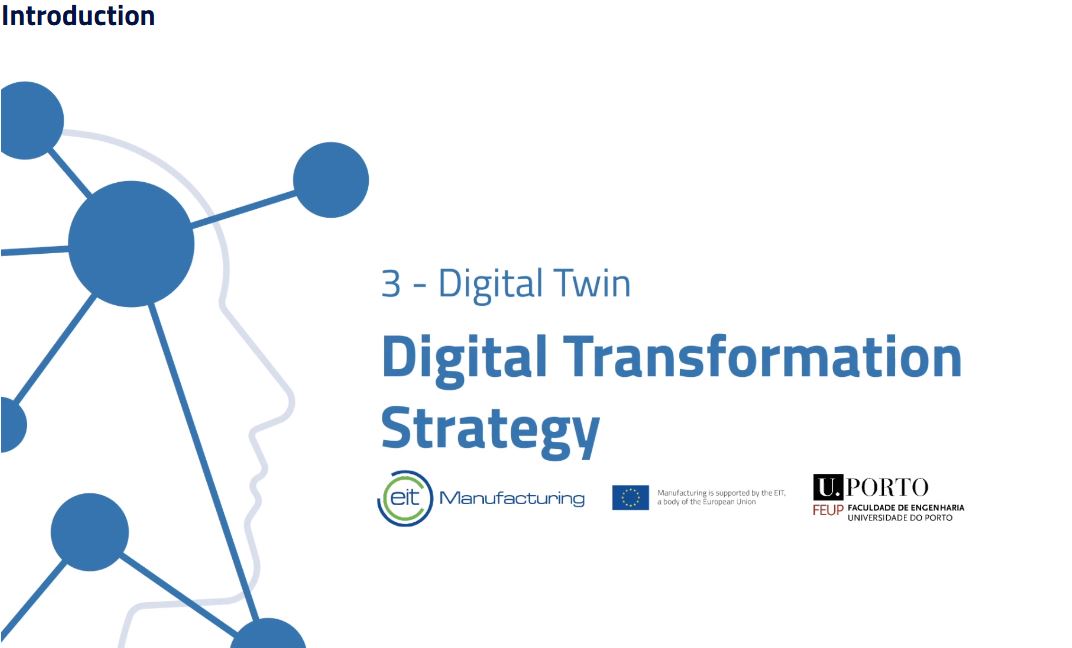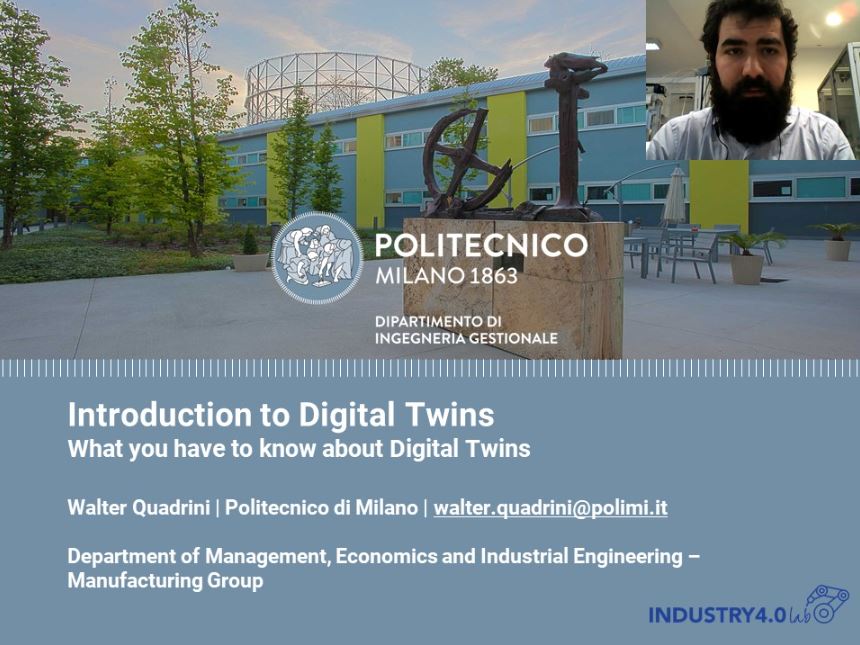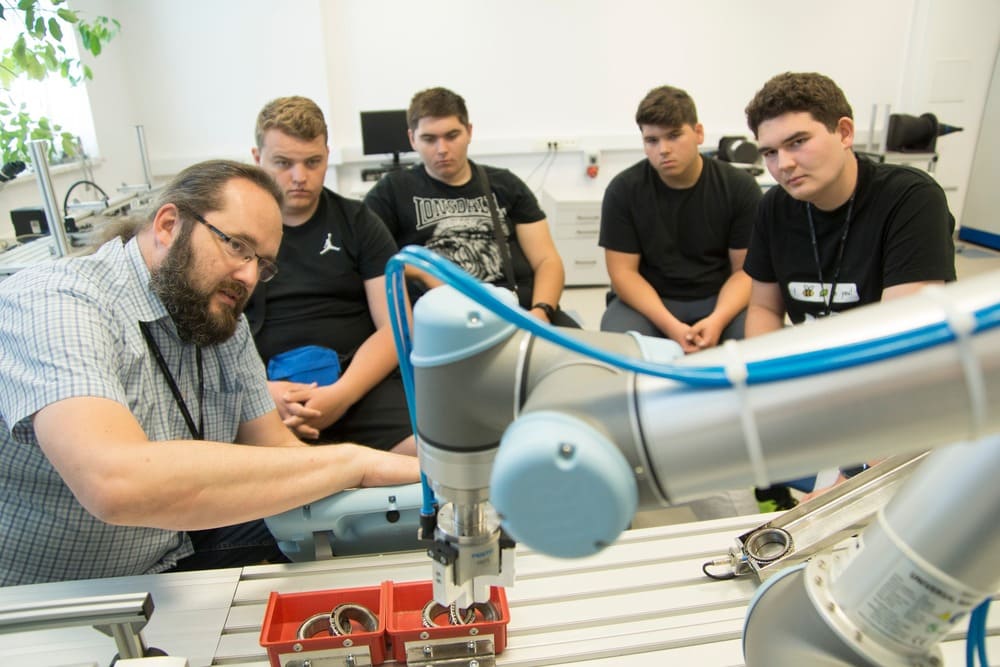Type of course:
Digital learning, Path
Language:
EN
Duration:
2 hours
Workload:
6 hours
Proficiency:
Intermediate
Target:
Professionals, Students, Workers
This course is officially recognised and labelled by the European Institute of Innovation and Technology (EIT). EIT Label is a quality mark awarded to programmes demonstrating outstanding innovation, educational excellence and societal impact.
The aim of digital product passports is the collection and sharing of data about a product and its
supply chain throughout the value chain. With this information, the materials and products used and their environmental impact can be better understood by all stakeholders, including consumers.
This learning path includes the main technological building blocks of a digital product passport.In the first step, the main components and the purpose of a digital product passport are presented.Step two presents relevant background information and possible characteristics of a digital passport.The next step is to present the most important implementing modules and implementing variants. One of the variants is a QR code with a corresponding digital software back-end service, and the second variant is an RFID/NFC technology, also with a corresponding back-end service.
We will make these available in a kind of minimum value product. Furthermore, we give them a basic understanding for implementing it.Afterwards, we go into the technical details of the technical implementation of such a digital product passport.Finally, the learner is able to implement with the provided toolkit a digital product passport.
Learning outcomes
- At the end of the learning path, the learner is able to apply the relevant key concepts for the digital product passport. This is relevant for flexible manufacturing solutions. The marking or tagging technology used in this process can also be used for process optimisation steps in the product lifecycle.
- The learner is able to demonstrate relevant technologies such as QR codes and NFC tags for product identification on a physical product. He/she selects the appropriate assembly option for the physical product and link it to digital services (e.g. web-based REST services).
- The learners is able to configure and digital software services of the Digital Product Passport. Selecting the relevant content for the selected product and adapting the required work process is part of the configuration. The learners take into account the relevant regulations for the Digital Product Passport. In this way, they are able to guide the implementation of a Digital Product Passport as a 'minimum value product'.
LessonDigital Product Passport: QR Code as a Digital Data Carrier
Course Content
LessonDigital Product Passport: NFC as a Digital Data Carrier
Course Content
LessonImplementation of a Digital Product Passport
Course Content
LessonQuiz: Digital Product Passport
Course Content
Topics
Digital Transformation, Internet of Things (IoT)










